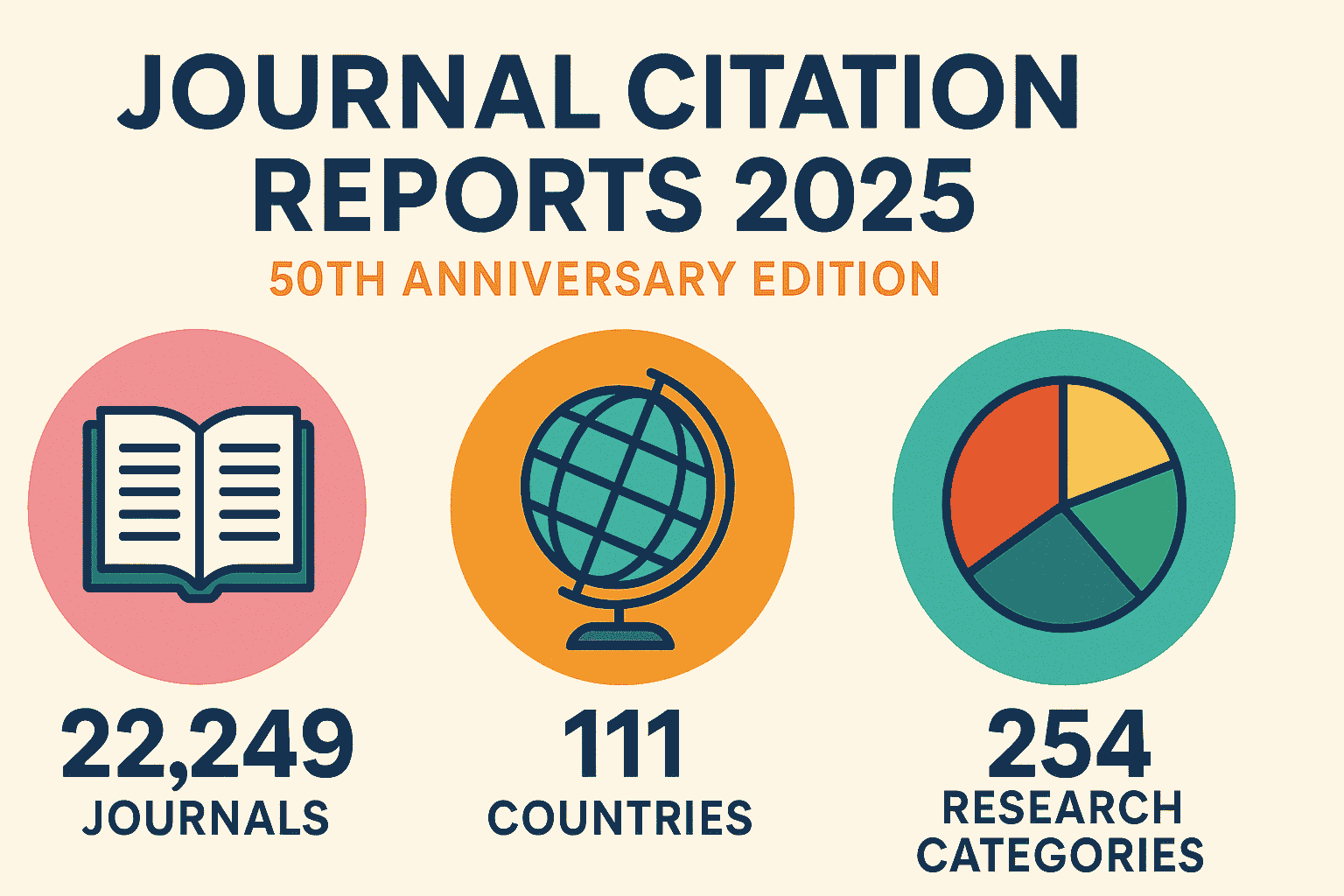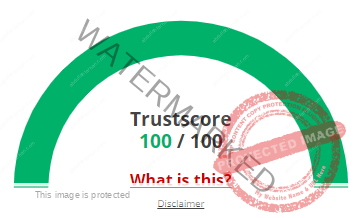Study finds exoplanet TRAPPIST-1e is unlikely to have a Venus- or Mars-like atmosphere – New Study/Science Updates
In the search for habitable exoplanets, atmospheric conditions play a key role in determining if a planet can sustain liquid water. Suitable candidates often sit in the “Goldilocks zone,” a distance that is neither too close nor too far from their host star to allow liquid water. With the launch of the James Webb Space Telescope (JWST), astronomers are collecting improved observations of exoplanet atmospheres that will help determine which exoplanets are good candidates for further study.
Summary
Finding habitable exoplanets hinges on analyzing their atmospheres for conditions that allow liquid water. Planets within the “Goldilocks zone,” at the right distance from their star, are prime candidates. The James Webb Space Telescope (JWST) is revolutionizing this search by providing highly detailed observations of exoplanet atmospheres. This improved data allows scientists to identify exoplanets with promising atmospheric characteristics, narrowing down the field and guiding future research towards planets most likely to support liquid water and, potentially, life.
Read more…
This post is part of “Science and Technology News”, Follow for more…!!!
Credits: Source
Disclaimer








